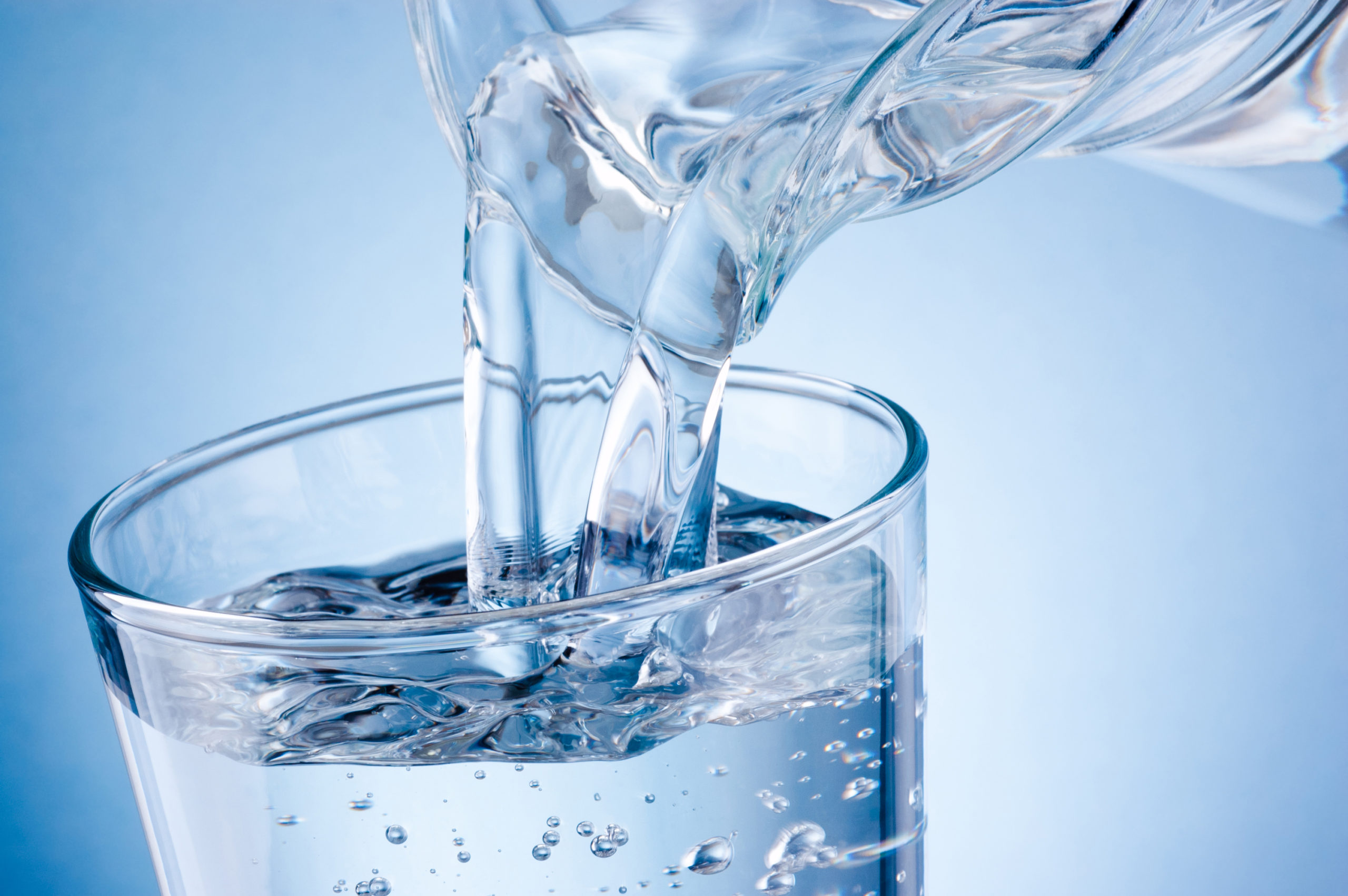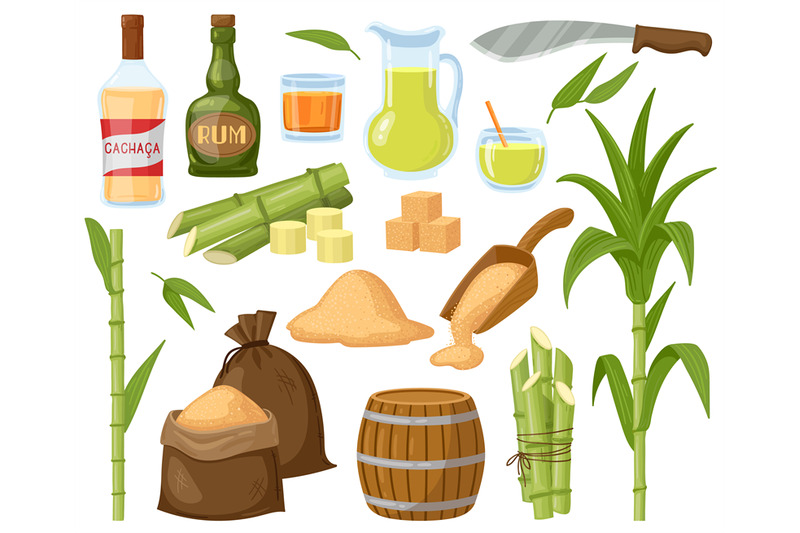Understanding sugar cane products and Their Role in Sustainability
Wiki Article
Revealing the Manufacturing Secrets Behind Sugar Cane and Its Diverse Series Of Products
The manufacturing journey of sugar cane is elaborate and multi-faceted. It starts in the fields, where careful harvesting techniques set the phase for suitable sugar extraction. The process includes several phases, consisting of juice extraction and refining - sugar cane products. However, sugar cane's possible extends much beyond mere sweetness. Innovations in processing and sustainable techniques are reshaping its function in contemporary sectors. What lies ahead for this flexible plant? The responses may stun those thinking about its futureThe Trip of Sugar Cane: From Area to Factory

As sugar cane persuades gently in the tropical wind, it starts a transformative trip from field to manufacturing facility. The lively eco-friendly stalks, rich in sucrose, are grown under perfect conditions, profiting from ample sunlight and rainfall. Farmers meticulously check the development, ensuring the plants reach their peak maturity, which is essential for making best use of sugar content.Once developed, the cane is planned for harvesting, where its fibrous framework holds the promise of wonderful items. The journey continues as the stalks are transferred to processing centers, where they go through a series of precise steps. At the factory, the cane is cleaned, shredded, and pushed to remove the juice. This juice is then cleared up and vaporized, paving the way for condensation. Each phase of this trip is essential, as it ultimately establishes the high quality of the sugar and other items stemmed from this functional crop.
Collecting Methods: The Initial Step in Production
Gathering sugar cane needs accuracy and skill, as the timing and strategy straight impact the quality of the final product. The procedure typically starts with figuring out the optimal harvest time, which is crucial; sugar material peaks right before the plant gets to complete maturity. Farmers typically rely on experience and farming indications to choose when to harvest.Two primary strategies dominate the collecting landscape: guidebook and mechanical methods. Manual harvesting, though labor-intensive, enables mindful option of stalks and decreases damage. Workers utilize machetes to cut the cane near the base, guaranteeing the stalks stay intact for processing.Mechanical harvesting, on the other hand, uses specialized equipment to cut and accumulate the cane promptly. While this technique significantly boosts performance, it may lead to greater degrees of debris and reduced sugar web content. Ultimately, the chosen strategy influences not only the quantity yet likewise the quality of sugar cane supplied to refining facilities.The Removal Refine: Opening the Sweetness
The removal procedure is vital for transforming collected sugar cane right into sweet juice. Different approaches of juice removal can considerably affect the quality and return of the last product. Understanding these strategies is necessary for taking full advantage of the advantages of sugar cane manufacturing.Harvesting Techniques Explained
Releasing the sweet taste of sugar cane begins with exact harvesting techniques that ensure maximum return and quality. The process typically entails cutting the cane at ground level, guaranteeing marginal damages to the plant and allowing for regrowth. Harvesters commonly use machetes or specialized makers, depending upon the scale of the procedure. Timing is vital; collecting takes place when the sugar material reaches its peak, normally throughout completely dry periods. Additionally, employees must be educated to identify the finest stalks, avoiding those that are also old or unhealthy. Effective transport to refining centers is also crucial, as delays can cause sugar destruction (sugar cane products). These precise techniques inevitably lay the structure for producing top quality sugar and its diverse byproductsJuice Extraction Approaches
Juice extraction is a crucial action in transforming sugar cane into its wonderful essence. This process usually includes a number of approaches, each developed to effectively remove the sweet fluid from the coarse stalks. The most typical method is milling, where the sugar cane is smashed between heavy rollers to release the juice. An additional technique is diffusion, which uses warm water to liquify the sugar from the cane fibers, making it a much more effective choice for massive operations. Furthermore, some manufacturers utilize screw presses, which apply mechanical stress to essence juice. After extraction, the juice goes through explanation to eliminate pollutants before more processing. Each technique mirrors the sector's concentrate on making best use of return and ensuring high-grade sugar manufacturing.Refining Sugar: Changing Raw Cane Into Granulated Gold
The refining process is important for transforming raw cane sugar into the pure, granulated item consumers recognize. sugar cane products. This involves a collection of extraction and filtering steps to remove impurities, adhered to by crystallization and drying techniques that enhance the sugar's quality. Comprehending these methods discloses the intricate improvement from cane to the gold granules that sweeten countless foods and drinksRemoval and Filtration Refine
An essential stage in the sugar production trip includes the extraction and filtration of juice from newly harvested sugar cane. This process begins with squashing the cane to launch its sweet juice, generally making use of big rollers or mills. The extracted juice includes not just sugar however additionally pollutants, including fibers and mud. To guarantee the juice appropriates for further refining, it goes through a filtering process. This involves passing the juice through different filters and clarifiers to get rid of solid particles and undesirable products. Chemicals such as lime might be included in help in the information procedure. The outcome is a clear, raw cane juice that functions as the structure for creating polished sugar, all set for succeeding stages of handling.
Formation and Drying Methods
After the extraction and purification procedures produce clear raw cane juice, the next step in sugar manufacturing is formation. This procedure involves boiling the juice to vaporize water, permitting sugar particles to form crystals. As the liquid thickens, it gets to supersaturation, prompting sugar to crystallize. The blend is after that cooled, advertising additional crystal formation. Once formation is complete, the sugar crystals are divided from the staying syrup via centrifugation.The final stage includes drying out, where the crystals are revealed to cozy air to eliminate recurring dampness. This step is necessary, as it guarantees the item achieves the wanted granulation and rack stability. The result is pure, granulated sugar, prepared for product packaging and distribution.Past Sweet Taste: Diverse Products From Sugar Cane
While sugar cane is mainly recognized for its sweet taste, its versatility extends far beyond simple sweet taste. This resistant plant acts as the resource for a myriad of products that provide to diverse sectors. Ethanol, acquired from sugar cane fermentation, plays an important duty in Source renewable resource, serving as a cleaner choice to fossil fuels. In addition, molasses, a by-product of sugar refining, is used in pet feed, in addition to in baking and fermentation processes.Sugar cane's fibrous residue, referred to as bagasse, is not squandered; it is transformed into biodegradable product packaging products and serves as a biomass gas source. In addition, various sugars and syrups gotten from sugar cane discover applications in the food and beverage industry, adding to flavoring and conservation. The plant's fallen leaves can be made use of for thatching, while its juice is eaten as a rejuvenating drink in numerous cultures. Subsequently, sugar cane exemplifies agricultural capacity past its sugary credibility.Developments in Sugar Cane Handling
As developments in innovation remain to improve different markets, sugar cane handling is experiencing a significant change. Modern developments, including automated harvesting and precision farming, are improving effectiveness and yield. Drones and sensors monitor plant health, allowing farmers to maximize watering and nutrient application, inevitably improving productivity.In handling facilities, cutting edge equipment and equipment enhance operations. Advancements such as enzymatic handling and progressed filtering techniques enhance the removal of sugar while minimizing waste. In addition, the adoption of real-time data analytics enables suppliers to keep track of processes closely, guaranteeing quality assurance and reducing downtime.Biotechnology is additionally playing a crucial function; genetic engineerings boost sugar cane's resistance to pests and ecological stressors. These improvements not only contribute to higher sugar yields but also help with the production of varied spin-offs from the cane, broadening its industrial applications. Overall, these technologies are leading the way for an extra reliable and sustainable sugar cane processing market.The Future of Sugar Cane: Sustainability and Bioproducts
The future of sugar cane pop over to this site production is significantly intertwined with sustainability and the advancement of bioproducts. As international need for environmentally friendly options rises, the sugar cane industry is rotating in the direction of practices that reduce environmental effect. Innovations in cultivation techniques, such as precision agriculture and integrated pest management, aim to enhance return while reducing source consumption.Furthermore, sugar cane is being checked out as a basic material for biofuels, bioplastics, and other sustainable items. These bioproducts not just provide a renewable option to typical nonrenewable fuel sources and plastics however additionally add to a round economic situation by using waste materials.Research and growth in biotechnology are paving the way for improved sugar cane varieties that require much less water and plant foods, even more promoting sustainability. By accepting these advancements, the sugar cane industry can secure its future while dealing with critical ecological difficulties, showing its potential as a you can check here keystone of sustainable advancement.
Often Asked Questions
What Are the Ecological Influences of Sugar Cane Farming?
The environmental influences of sugar cane farming include deforestation, dirt deterioration, and water contamination. In addition, using pesticides can hurt biodiversity, while monoculture techniques minimize environment strength, presenting long-lasting sustainability challenges for agricultural practices.
Exactly How Does Sugar Cane Compare to Various Other Sugar Nutritionally?
Sugar cane, rich in carbs, supplies energy yet lacks necessary nutrients compared to choices like honey or maple syrup, which supply nutrients. Its high glycemic index additionally increases concerns over blood sugar level spikes.What Are the Health And Wellness Advantages of Consuming Sugar Cane Products?
The health and wellness advantages of consuming sugar cane products include enhanced food digestion, boosted power degrees, and possible antioxidant buildings. Additionally, they might sustain hydration and offer necessary vitamins and minerals, adding positively to general health.How Is Sugar Cane Waste Utilized After Processing?
After handling, sugar cane waste is made use of in numerous methods, including biofuel production, pet feed, and organic fertilizers. This sustainable approach decreases ecological effect while making best use of source effectiveness within the sugar market.What Are the Historical Beginnings of Sugar Cane Cultivation?

Report this wiki page